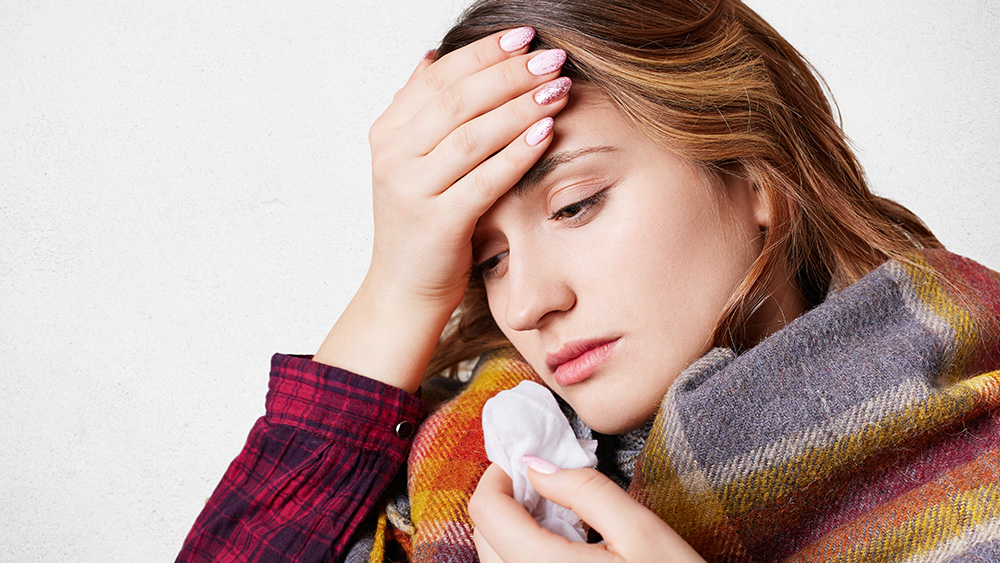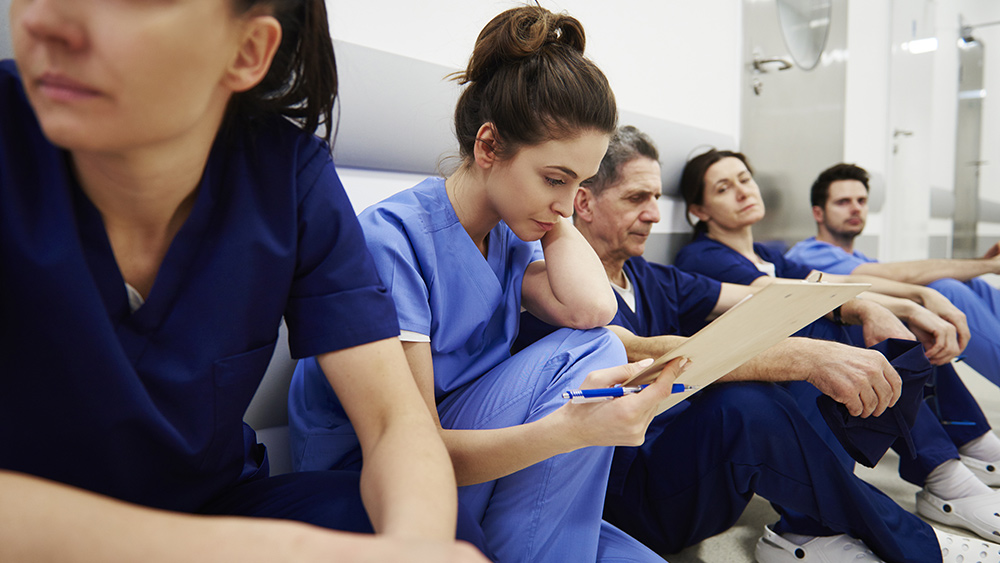
Among those who are not eager to get the vaccine, 31 percent say they'd rather wait to see more results of the vaccines, 13 percent said they are certain they will not get the shot, and 7 percent said they would only get the shot if they were absolutely required to do so for school, work or other activities.
Among the most reluctant groups to get vaccinated were Republicans, adults in rural areas, lower-income households and those from black and Hispanic backgrounds. Black and Hispanic adults were significantly more likely than white adults to say they would rather wait to see how the vaccine goes for others before getting it themselves at 43 and 37 percent versus 26 percent. Meanwhile, 43 percent of young adults aged 18 to 29 said they would like to “wait and see.”
Those who are more willing to get the vaccine are people aged 65 and older, Democrats, and people who have serious health conditions.
When it comes to political parties, 64% of Democrats said they have already been vaccinated or would like to get their shot as quickly as possible; just 32% of Republicans said the same, with a quarter definitely refusing the vaccine. Vaccine enthusiasm rose for Democrats and Independents over a previous poll in December, but it did not shift among Republicans.
Sixty-eight percent of people who are unwilling to get the vaccine said that it is due to concerns about the long-term effects, while 59 percent were concerned they would experience serious side effects from it. Fifty-five percent said they believed the vaccines are not as safe as claimed, while 53 percent said they felt they were not as effective as claimed. Just under a third worried it could cause the virus itself. These fears are not surprising given how quickly the vaccine was rushed through to market, bypassing the typical vaccine testing in a program named Operation Warp Speed.
A similar study carried out by the University of California, Davis, of more than 800 people found that a third of Americans are unlikely or hesitant to get the jab. The top four reasons for hesitating were worries about the side effects, concerns over allergic reactions, doubts about its effectiveness, and a preference for allowing immunity to develop naturally via infection.
According to Assistant Teaching Professor Jeanette B. Ruiz, the speed of the vaccine’s development was a common point of concern, with many wondering whether corners might have been cut in terms of efficacy and safety.
Americans are especially skeptical of rushed COVID-19 vaccines
Meanwhile, a poll carried out by YouGov last month revealed that COVID-19 vaccine skepticism is greater in the US than other countries. In the UK, 73 percent of people said they would get the vaccine, and the same was true for 70 percent of people in Denmark, 69 percent of those in India, 68 percent in Mexico and 64 percent in Australia.
According to Dr. Anthony Fauci, somewhere between 75 and 85 percent of Americans will need to get the vaccine to get the pandemic 'under control', and President Biden has announced plans to inoculate 150 million Americans during his first 100 days in office. Of course, it’s going to be very difficult to meet those goals when the vaccines available are being linked to so many allergic reactions and even deaths.
Sources for this article include:
Please contact us for more information.























